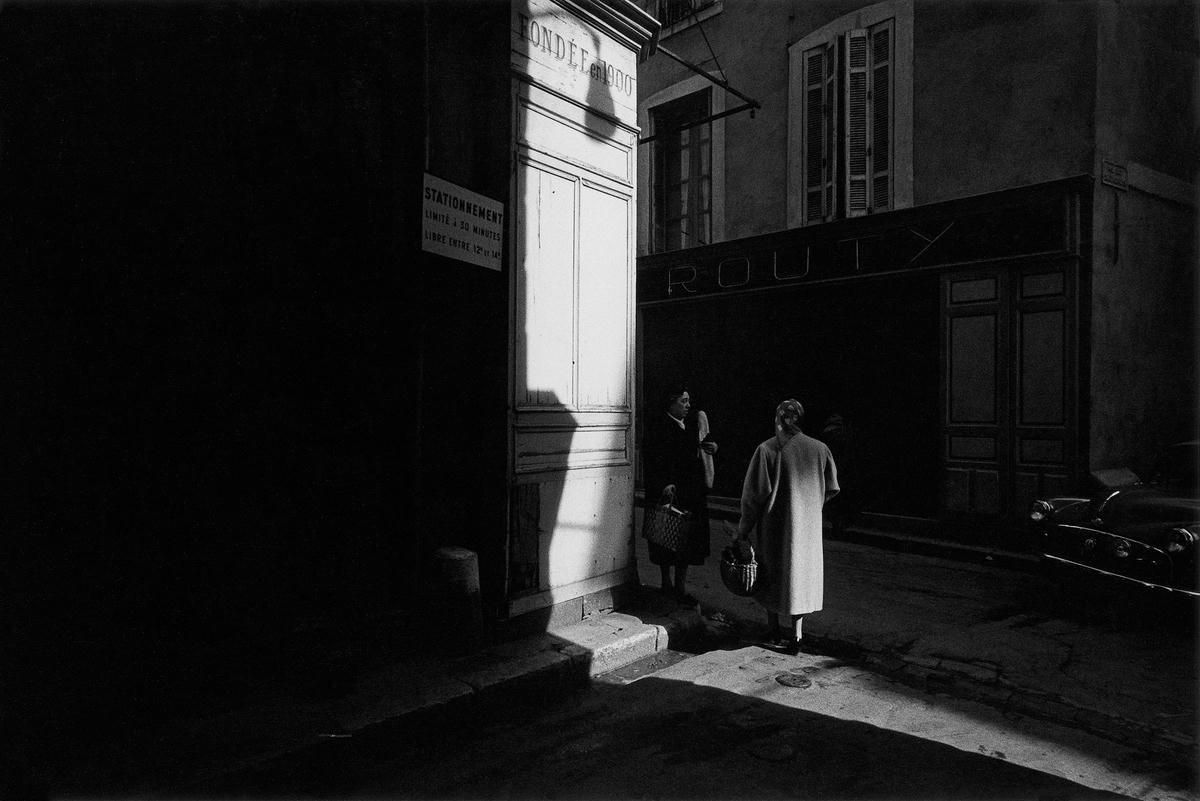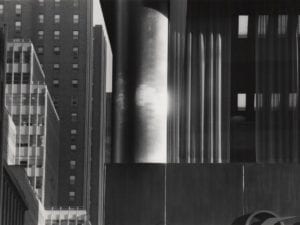“By choosing literary studies I elected to remain inside literature, which had become the thing of greatest value, even a way of life that led me to project myself into the novels of Flaubert or Virginia Woolf and literally live them out. Literature was a sort of continent which I unconsciously set in opposition to my social environment.” These are the words of Annie Ernaux in her lecture for the Nobel Prize. In 2022, Ernaux won the award in Literature “for the courage and clinical acuity with which she uncovers the roots, estrangements and collective restraints of personal memory.” She is considered to many as France’s most important writer, with a career spanning 50 years and over 20 works of fiction and memoir. It’s an oeuvre that combines historic and individual experiences, charting adolescence, grief, illness and love.
It’s an adept lyricism that particularly comes to the fore in Exteriors (2021), a journal-style book that documents the writers’ daily encounters in Paris from 1918-1922. In the introduction, the writer notes a desire to “describe reality as through the eyes of a photographer.” She examines the aspects of everyday language, “the contents of our shopping cart, the words we use to order a cut of beer, to pay tribute to a painting,” drawing out what it means to live in a world lead by desire, frustration and social inequality. Ernaux moves between participant and surveyer, adopting a direct, declarative style that prioritises honesty and straightforwardness. The work now the subject of Exteriors: Annie Ernaux and Photography, an exhibition at MEP, Paris, that pairs the author’s writing with photographs from the MEP collection.

The exhibition is the product of a residency conducted by curator and writer Lou Stoppard in April 2022, which focused on using the museum’s collection as a catalyst for new research and for linking photography to other mediums. Ernaux’s record of happenings on trains, shops and streets in-and-around Cergy-Pontoise display alongside more than 150 images from photographers such as Dolorès Marat, Daido Moriyama, Marguerite Bornhauser and Harry Callahan. The visual and written language bleeds together, proposing an interdisciplinary way of thinking about literature and photography. Themes such as class, identity, social stereotype and travel, overlap and inform each other, blurring the boundary between creative forms. In images taken from Henry Callahan’s Aix-en-Provence, France (1957-1958), we see early figures stroll through early morning grocery runs, caught between streets, shrouded in shadow. In the exhibition’s accompanying monograph, published by MACK, we read the text, “The man who collects the shopping trolleys for Franprix has gone. Now there are pay trolleys with a slot for coins. At two adjoining checkout counters in the supermarket, two girls are chatting and laughing as they ring up the items, ignoring customers.” Ernaux gestures to a changing world, one that foregoes human labour, instead opting for mechanised processes. It’s a modern society that pre-empts the rise of automation and loss of labour.

Elsewhere, we recognise the female gaze, documented in images and writing that fixate on women’s behaviour. “A woman sitting near the window kept glancing at the aisle, where passengers were crowding in. Wherever her gaze settled, there were only women to be seen.” Ernaux offers stark observations of women, of women perceiving women, and of women being looked at. She continues, “I suddenly remembered the school playground, where we used to giggle with pleasure and embarrassment, hand covering mouth, exchanging glances, because Geneviève C showed us her vulva. That was in primary school, before the days of boys.” She expresses a private intimacy, held between subjects. This is contrasted alongside images by Bernard Pierre Wolf; here we see women navigate a world created by and for men. A woman poses outside a ladies store in New York, admiring a display. In another shot, three figures in Tokyo pass by a trio of discarded mannequins. Wolf captures the barrage of content that inundates modern life – the revolving door of fashion and trends that are ushered in, just as quickly as they are abandoned.

Then, another scene from Ernaux, this time mid-journey, “The little girl on the train to Paris – she and her mother had got on at Achères-Ville – had sunglasses in the shape of two hearts, and a small apple-green basket of plaited plastic. She was three, maybe four years old and was not smiling, clasping her basket to her chest, her head nice and straight behind the sunglasses. Sheer happiness at display-ing the first signs of ‘ladyhood’, at finally possessing the things one craved.” Commercialism is endless. Ernaux’s words carry forward to our contemporary moment, ringing true to Leslie Kern’s Feminist City (2020), a text that recognises “urban environments compound gender inequalities.” We see spaces that uphold gender specific roles, that forget sanitation and healthcare facilities, and spotlight billboards and advertising campaigns where individuals are instead encouraged to lean into consumer fulfilment.
In both exhibition and book, internal and external worlds collide. In a final image by Clarisse Hahn, a coloured photograph depicts a woman in a mask bundling spring onions into a plastic bag. She packs, working off of a green tablecloth loaded with mounds of sweet potatoes, pineapples and bananas – produce imported from continents away. She opens up the plastic, working quickly in the snow. The photograph is distinctly Ernaux-esque; we feel a line of conversation between the writer and the image. A We’re reminded of Ernaux’s own introspections, “Why do I describe and detail this particular scene, like many others in the book? What is it I am desperately seeking in reality? I often ask myself, “Why am I not that woman?” A distinct sense of feeling and kinship overcomes us – we experience each subject’s environment, weather and conditions just as they must. We’re called to recognise the interconnectedness between emotion, space and time, formed by paying attention to the smallest of encounters.
Exteriors: Annie Ernaux & Photography | Until 26 May
Words: Chloe Elliott
Image Credits:
1. Dolorès Marat, La Femme aux gants (Woman with gloves), 1987
2. Harry Callahan, Aix-en-Provence, France, 1957–58
3. Bernard Pierre Wolff, Shinjuku, Tokyo, 1981
4. Clarisse Hahn, Ombre (Shadow), 2021





